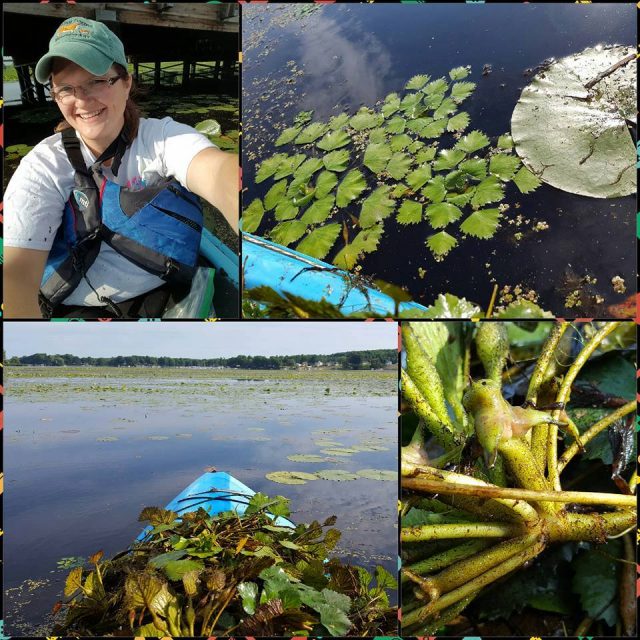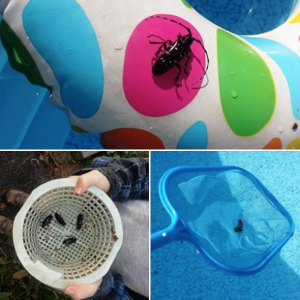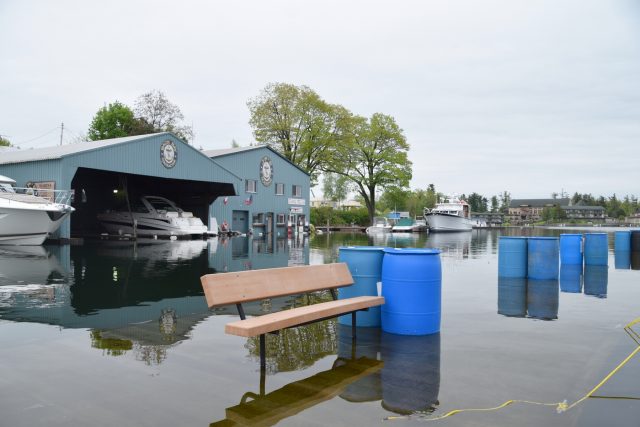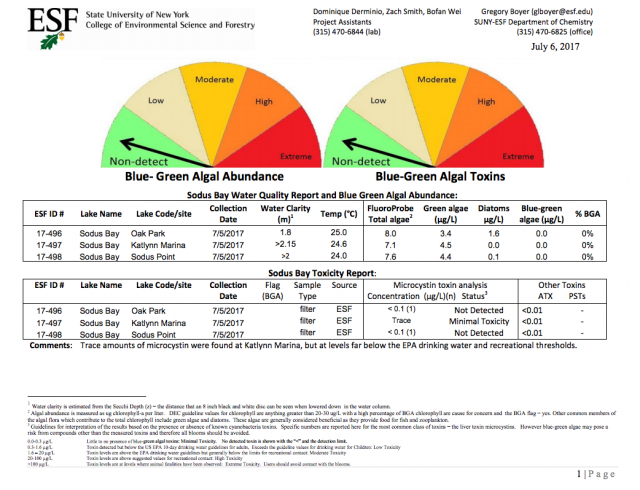 NEW DATES, EXTRA HAND PULLS – JOIN US!
NEW DATES, EXTRA HAND PULLS – JOIN US!
“Come spend a morning on the water and help us remove invasive water chestnuts from our local bays and streams. Volunteer Hours Available. Please contact our office for more information about signing up or scheduling an event.” 315-946-7200
August 3rd Lake Shore Marsh, the very end of Sodus Bay 9:00 A.M. (click for more details & map)
August 10th Emerald Drive 2nd Creek , follow Emerald Drive to the end. (click for more details & map)





